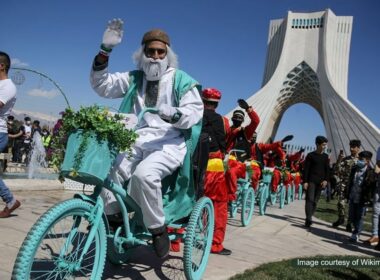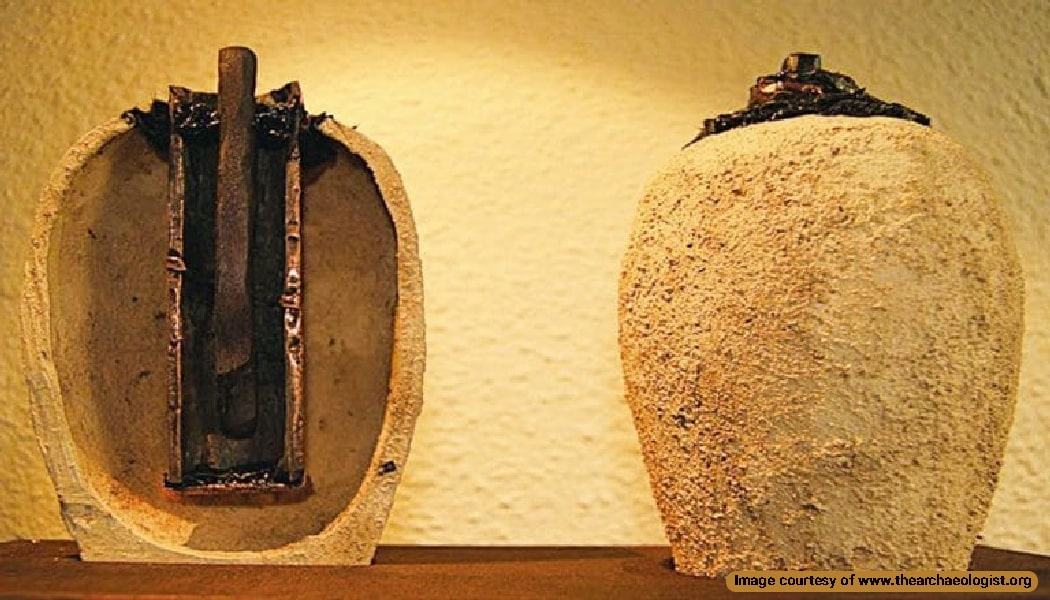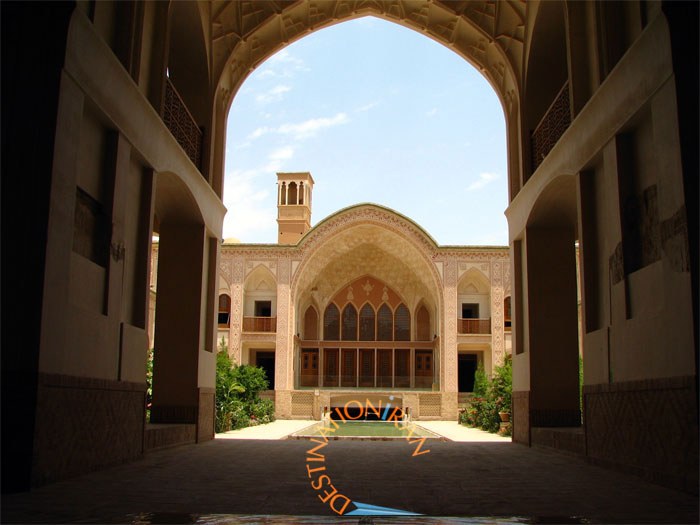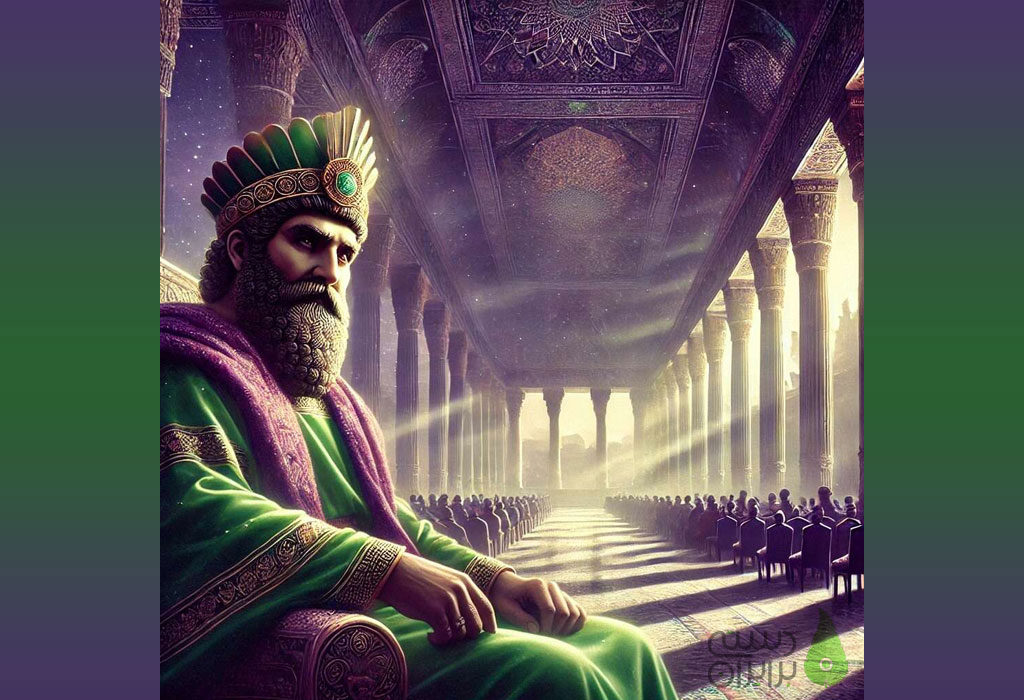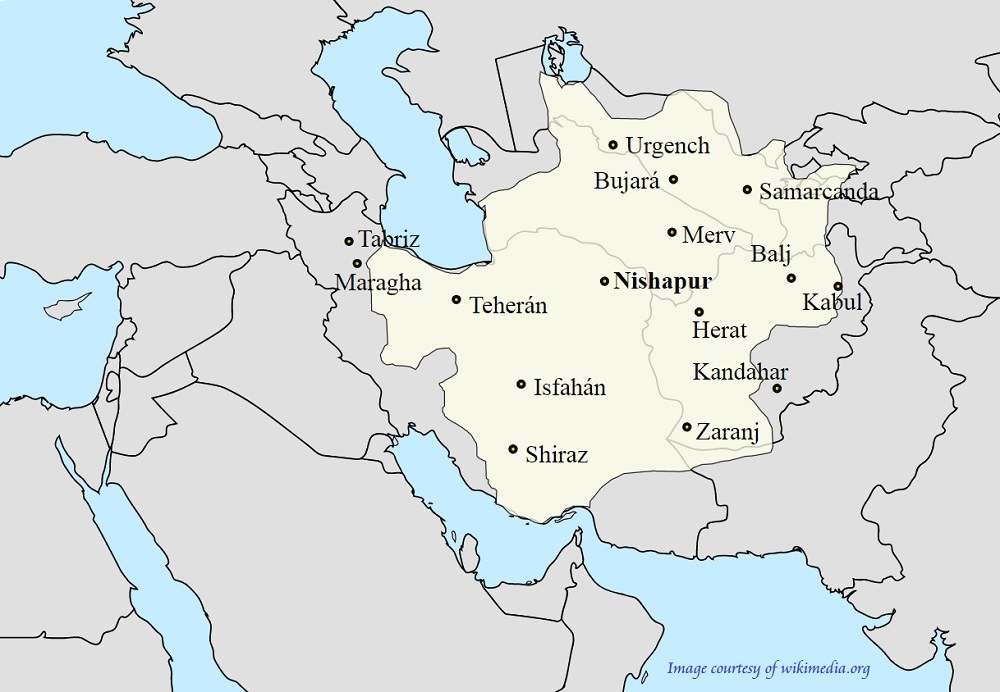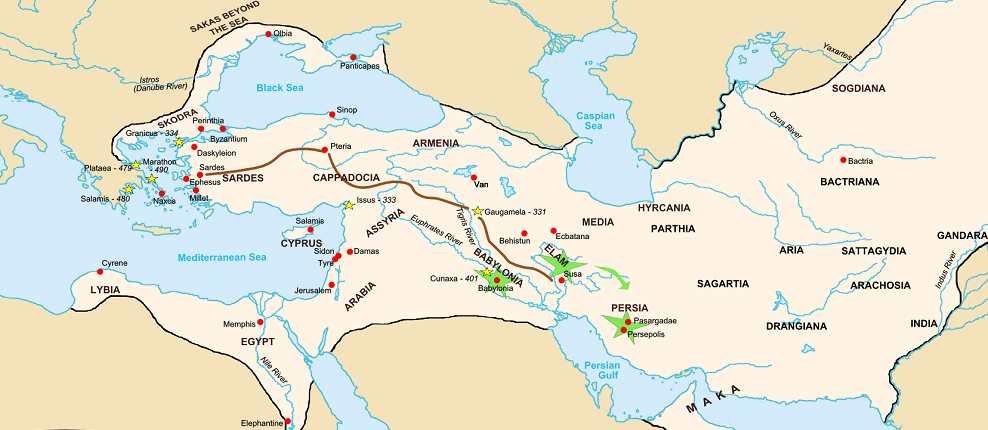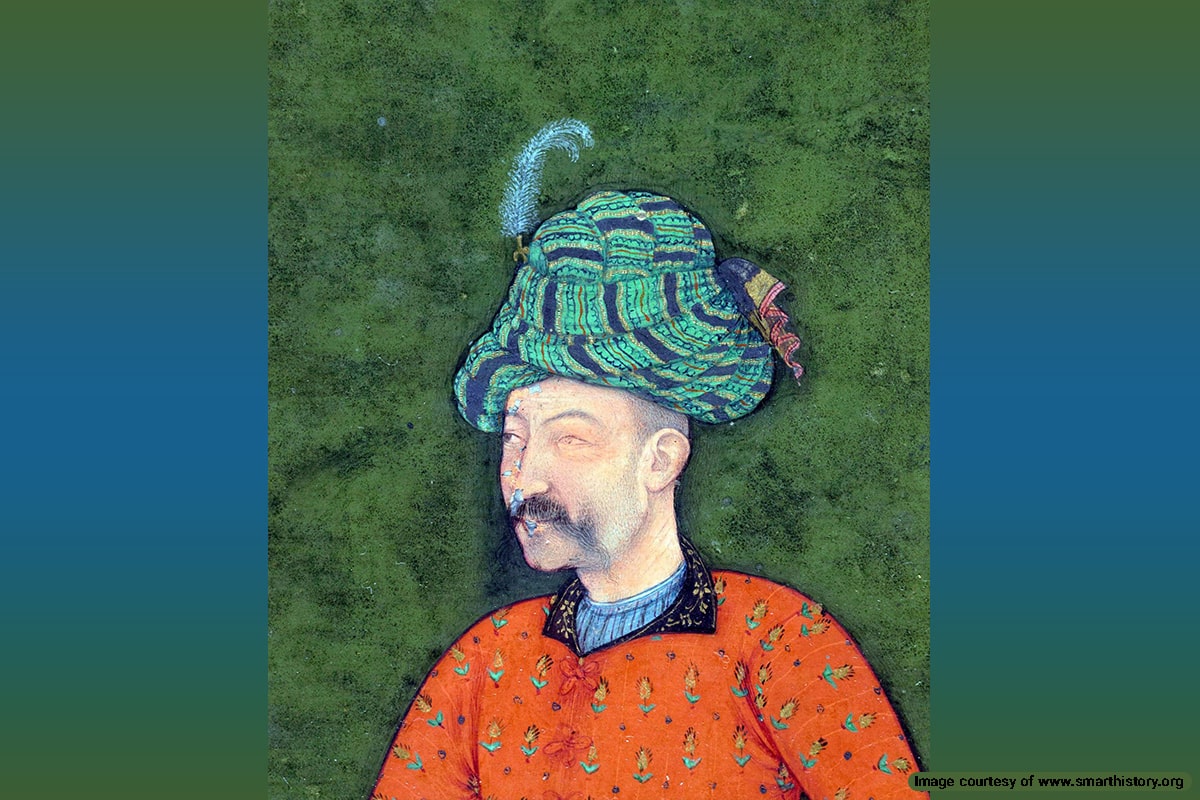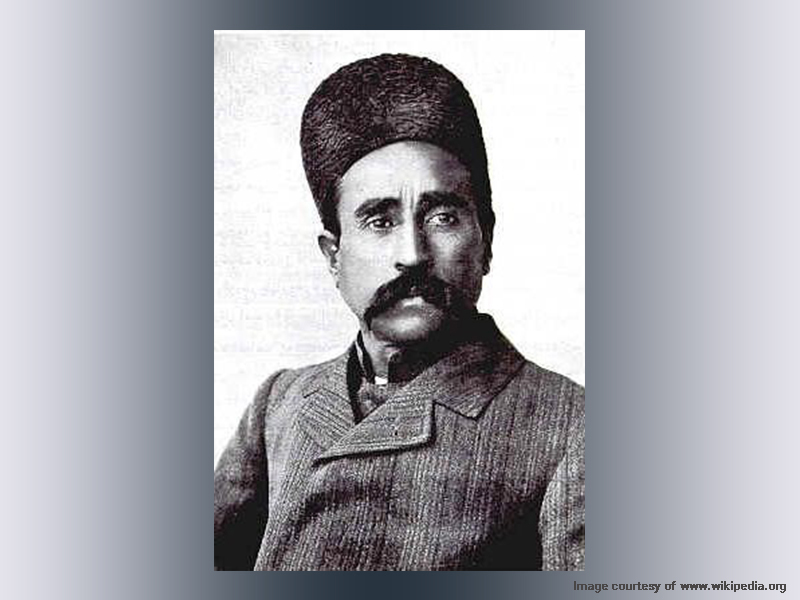
Sattar Khan was a prominent figure in the Iranian Constitutional Revolution during the Qajar era. He is known as Sardar-e Melli (National Commander) because of his efforts to advance Iranian nationalist ideals during the Constitutional Revolution. He is considered a national hero by Iranians who stood up to the tyranny of Mohammad Ali Shah Qajar. His legacy as a patriot and revolutionary leader is immortalized in the history of Iran.
Sattar Khan’s Biography
Sattar Khan Gharacheh Daghi was born on October 20, 1866, in the Sardar Kandy village, part of the Varzaghan County in East Azerbaijan Province. He spent his youth in the Arasbaran region where he engaged in horse riding and rifle-shooting. Their family profession was Bazzazi (production and sale of drapery).
Early Life
His eldest brother Ismail sheltered an outlaw and fugitive called Farhad, who was considered a dissident. His skirmishes with the local ruler led to his accusation of highway robbery. Ismail was executed by the authorities, which lit the spark of revolution in Sattar Khan’s heart.
After this event. The Gharacheh Daghi family moved to the AmirKhiz neighborhood in Tabriz. He joined the Sheikhieh branch of Lutian in Tabriz. Luti is a term for a cult-like group similar to the Ayyar mindset, who helped people but were despised by the authorities. He continued to help the disenfranchised and shelter refugees until he was caught for aiding two Caucasian fugitives and was imprisoned in the Narin Qalʿa prison.
Gendarmerie Years and Travel to Iraq
Two years later, he was released from prison and joined a bandit gang but was arrested again. After serving his second sentence, he joined the local Gendarmerie to protect the Khoy-Marand road against bandits. Later, he became part of the Tofangdaran (armed guard) for the crown prince Mozaffar al-Din Mirza and was awarded the title of Khan.
He later moved to Tehran and led a group of fighters to Mashhad to fight against the Turkmen highway robbers who plagued the area. After this endeavor, he returned to Tabriz and became a bandit for a while, who stole goods from the caravans and gave them away to the poor. He had to escape Tabriz to evade prosecution.
In 1894, he traveled to Iraq for the Atabat (Shia pilgrimage of Najaf, Karbala, Kazemiya, and Samara). He met Mirza Hasan Shirazi in Samara and organized a shakedown against the caretakers of the Haram of Imam Ali al-Hadi in Samara, who treated the Shia pilgrims harshly. Despite the caretaker’s complaints to the Ottoman authorities, Sattar Khan and his allies evaded prosecution with the help of Mirza Hasan Shirazi.
In 1901, he traveled to Iraq for a second time for another pilgrimage and vowed to become a lawful citizen in Imam Ali’s shrine in Najaf. After returning to Azerbaijan province, he was hired to manage the state of a wealthy landowner in Salmas but could not complete his duties because of a lack of education. He returned to Tabriz and became a horse trader, and still engaged in Luti acts of helping the innocent against government prosecution.
Sattar Khan’s Role in the Constitutional Revolution
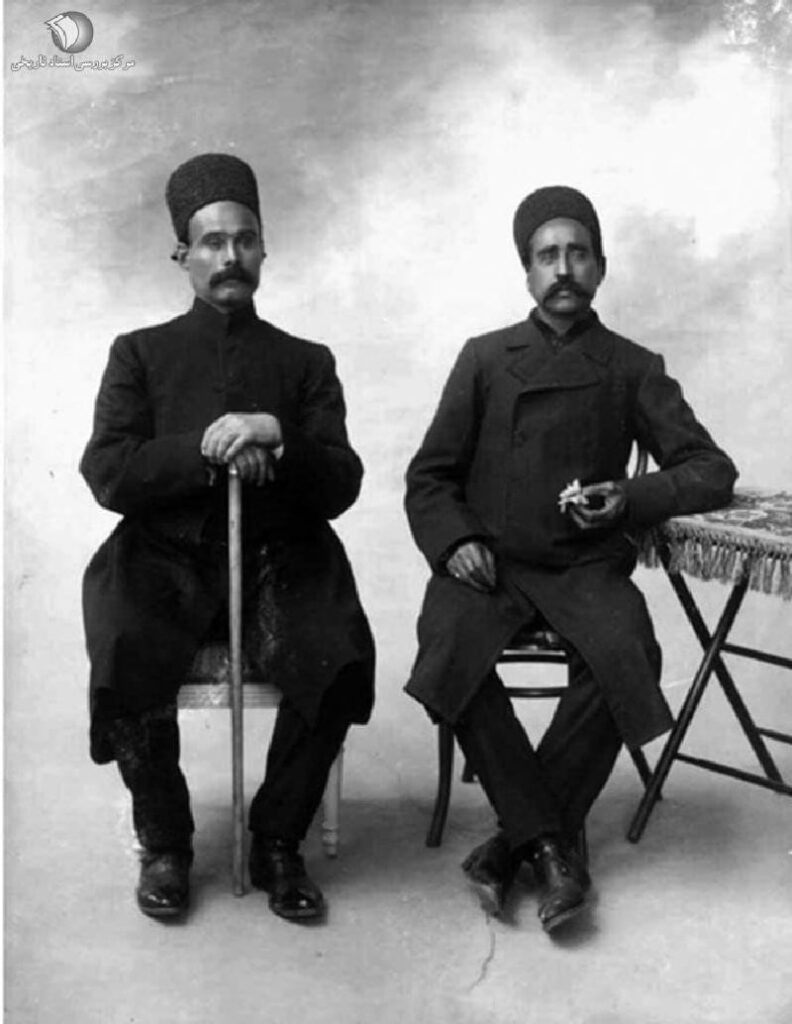
Sattar Khan’s involvement in the Iranian Constitutional Revolution began in 1906. The revolution aimed to establish a constitutional monarchy and limit the absolute power of the Qajar dynasty. Sattar Khan emerged as a key military leader in Tabriz, a city that became a stronghold for the Azerbaijani and Caucasian constitutionalists. He joined the intellectual wing of the Constitutional Revolution, Anjoman-e Haqiqat ( Society of Truth), and the armed forces Mujahedin (revolutionary military forces) in 1907.
Despite his lack of education, he realized the Constitution was an ample opportunity to stand against the “Lesser Autocracy” of the Qajar dynasty. He and Bagher Khan rose to national fame in their efforts to support the revolution.
The Siege of Tabriz
One of the most notable episodes in Sattar Khan’s revolutionary career was the Siege of Tabriz. In 1908, Mohammad Ali Shah Qajar, with the support of foreign powers such as Britain and Tsarist Russia, attempted to crush the constitutional movement by force. Tabriz, under the leadership of Sattar Khan and fellow commander Bagher Khan, resisted the royalist forces for eleven months against 35,000-40,000 troops of the Qajar government.
Despite facing severe shortages of food and ammunition, Sattar Khan’s strategic genius and unwavering resolve kept the city from falling. American and European newspapers published reports of his resistance, granting him international recognition. Eventually, Russian forces entered Tabriz despite the end of the Qajar siege. Sattar Khan refused to submit to their rule and sought refuge in the Ottoman Consulate in Tabriz in 1909. Meanwhile, Russian and British forces conspired to extend the occupation of Tabriz and Ardabil.
Constitutional Revolution Victory and Aftermath
In 1909, the constitutionalists from Gilan and Isfahan achieved a significant victory when they conquered Tehran. Mohammad Ali Shah was deposed, and a new constitutional government was established. Sattar Khan was hailed as a national hero and invited to Tehran, where he was honored. However, his relationship with the new government became strained due to political differences and power struggles. It is believed that the new government invited Tabriz constitutionalists to subdue and disarm their forces.
Later Years and Legacy
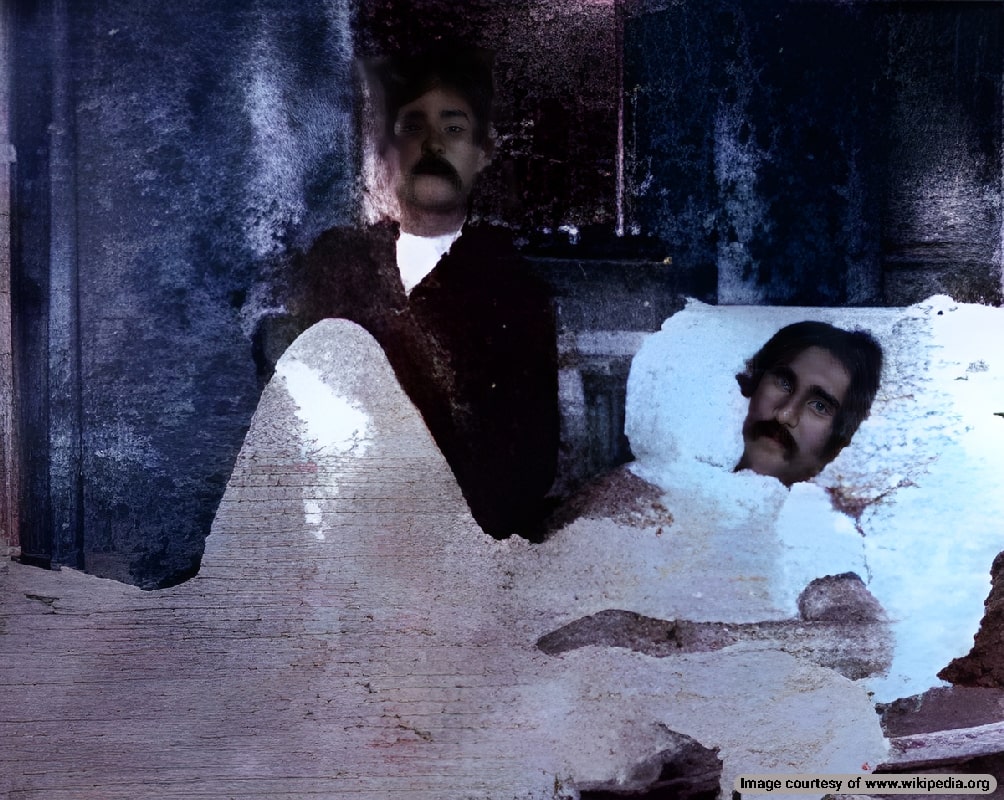
Sattar Khan’s later years were marked by political marginalization and declining health. The government forces attacked the Mujahedin in his residence in Atabak Garden and shot Sattar Khan in both his legs when he attempted to escape. He was captured and received treatment, but the damage was permanent and he was forced to use a walking cane.
Four years later, Sattar Khan passed away in Tehran on November 9, 1914, but his legacy as a champion of justice and freedom endures. Sattar Khan was a pivotal figure in Iran’s struggle for constitutionalism and democracy. His life and actions inspire generations of Iranians who value liberty and resistance against oppression.
Sattar Khan, An Immortal Revolutionary Figure
Sattar Khan’s revolutionary life and lasting legacy are integral to the history of Iran. His courage, leadership, and unwavering commitment to the cause of constitutionalism have cemented his place as a national hero.
Destination Iran aims to introduce influential public figures from different eras of Iranian history. We invite you to read other articles about prominent figures to understand Iran’s cultural tapestry.
Frequently Asked Questions About Sattar Khan
If you have any other questions about Sattar Khan or the Persian Constitutional Revolution, let us know in the comments. We will respond as soon as possible.
Who was Sattar Khan?
Sattar Khan, born in 1866, was a key leader in the Iranian Constitutional Revolution. He is often referred to as “Sardar-e Melli” (National Commander) for his significant role in the movement.
What was Sattar Khan’s role in the Iranian Constitutional Revolution?
Sattar Khan led the constitutionalist rebels in Tabriz against the royalist forces. His leadership and bravery were crucial in defending the city and promoting the constitutionalist cause.
Why is Sattar Khan considered a national hero?
Sattar Khan is celebrated for his dedication to the cause of constitutionalism and his efforts to protect the rights and freedoms of the Iranian people. His actions during the revolution earned him widespread respect and admiration.
What were some of Sattar Khan’s early life experiences?
Sattar Khan was born in Sardar Kandy, Iran, and faced various challenges in his early life, including conflicts with the law and imprisonment. Despite these hardships, he emerged as a significant figure in the fight for constitutionalism.
How did Sattar Khan’s actions influence other constitutionalists?
Sattar Khan’s success in Tabriz inspired other constitutionalists across Iran. His reputation and leadership encouraged many to join the movement, leading to the establishment of special committees named after him in various cities.



